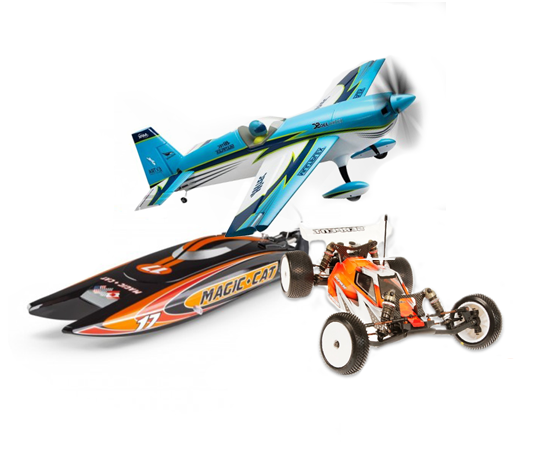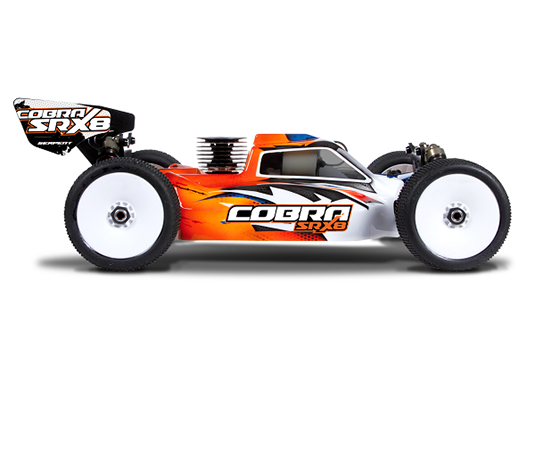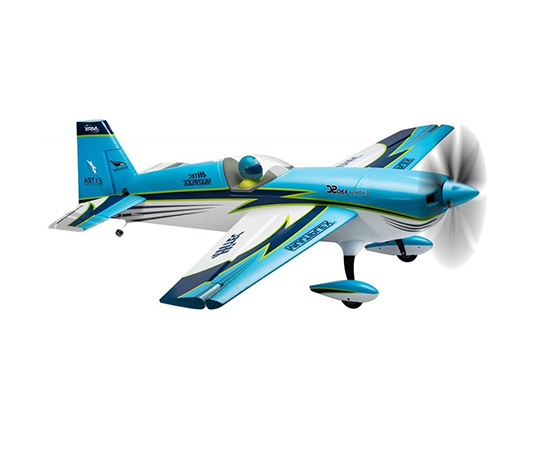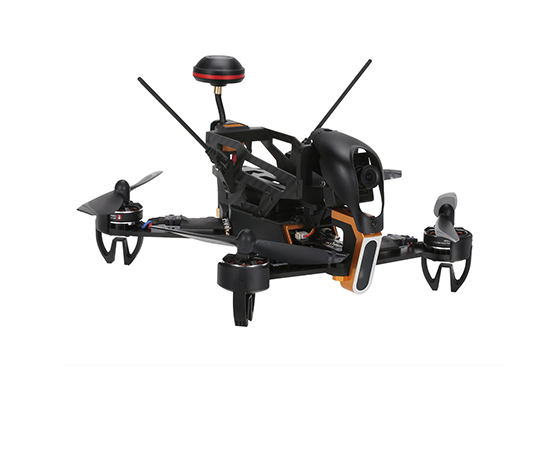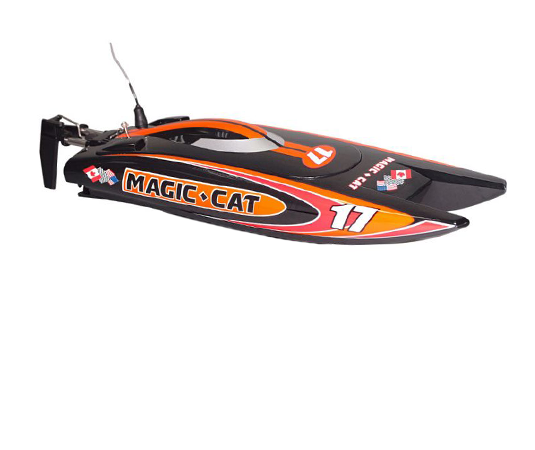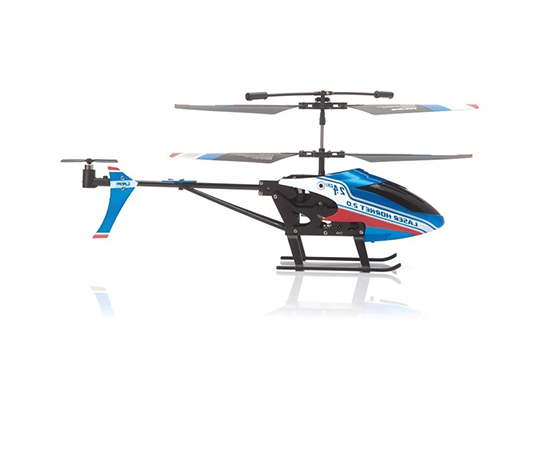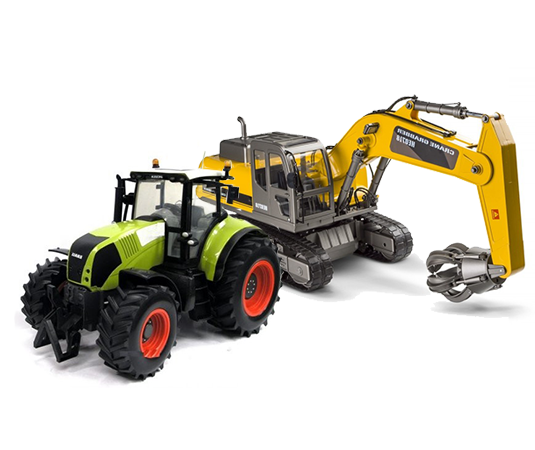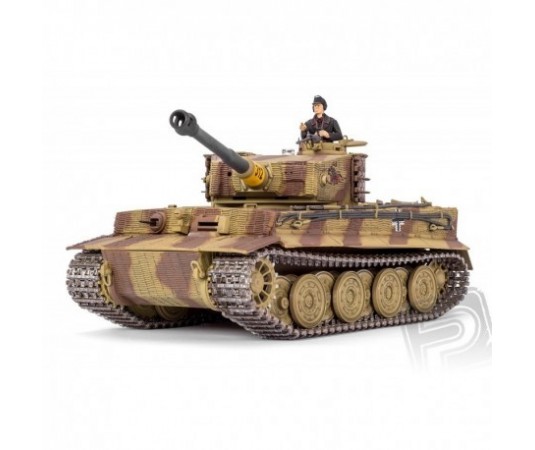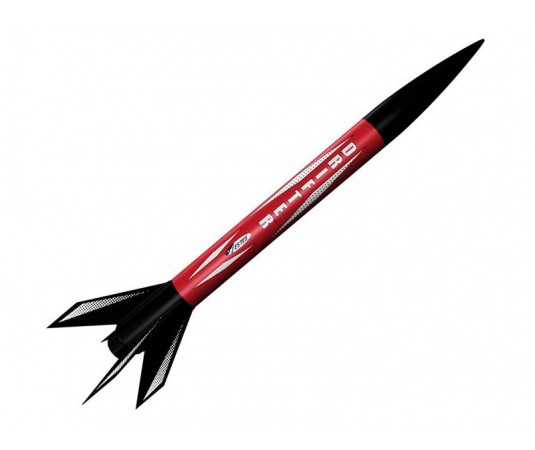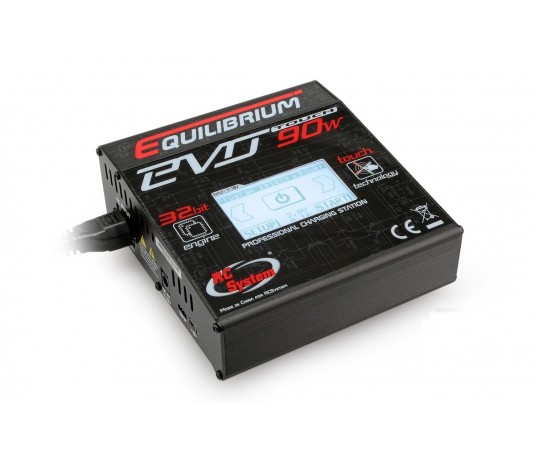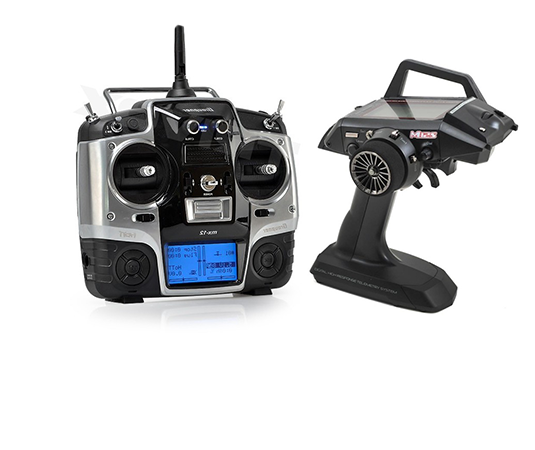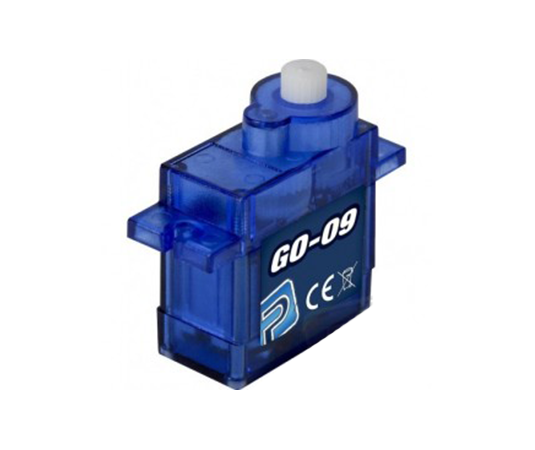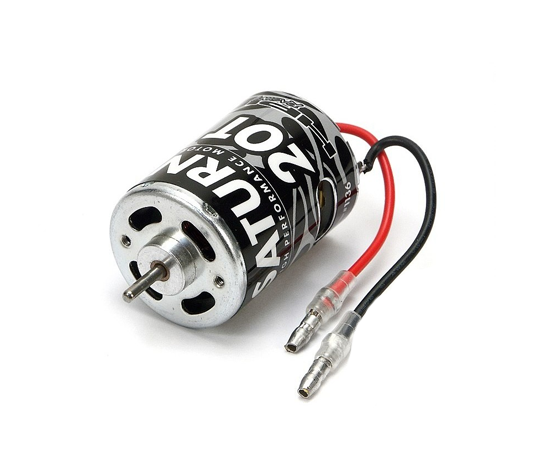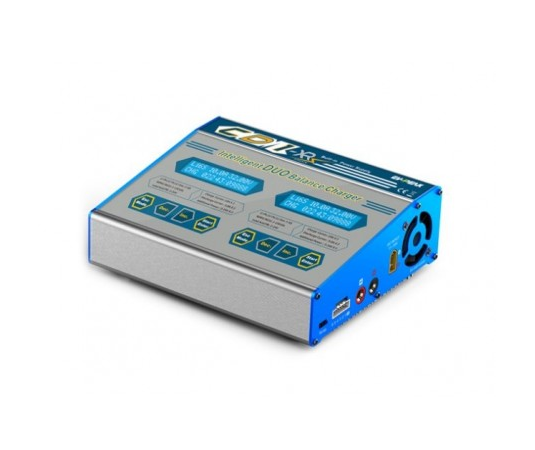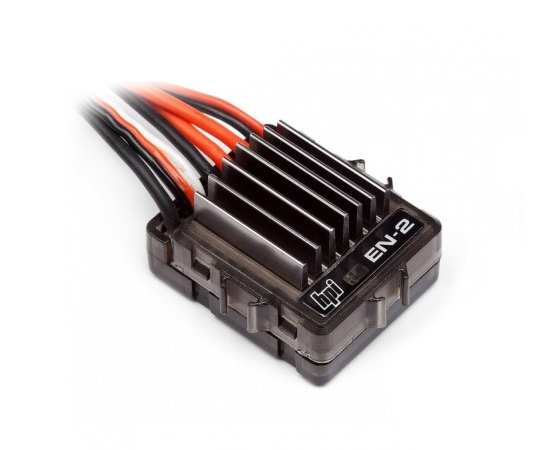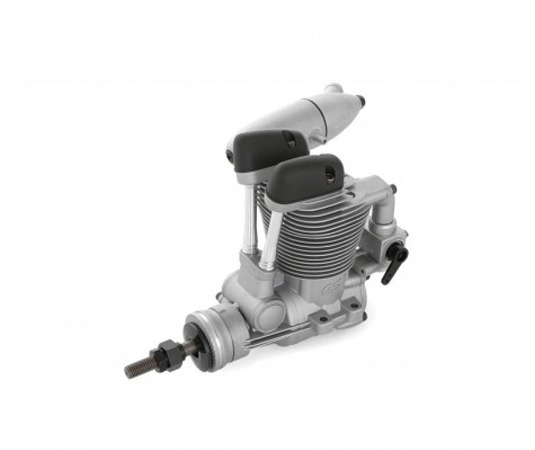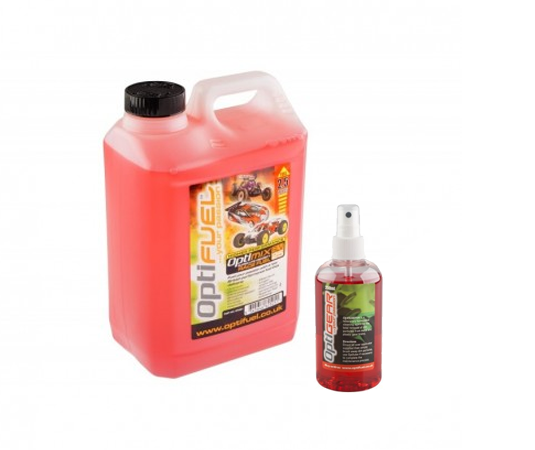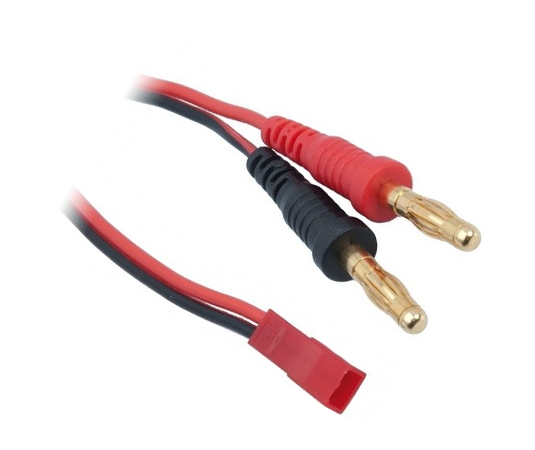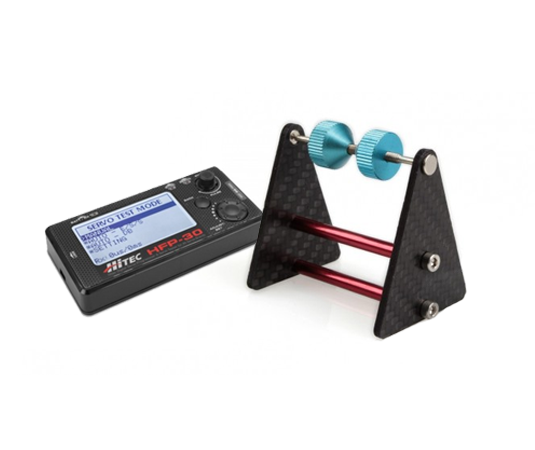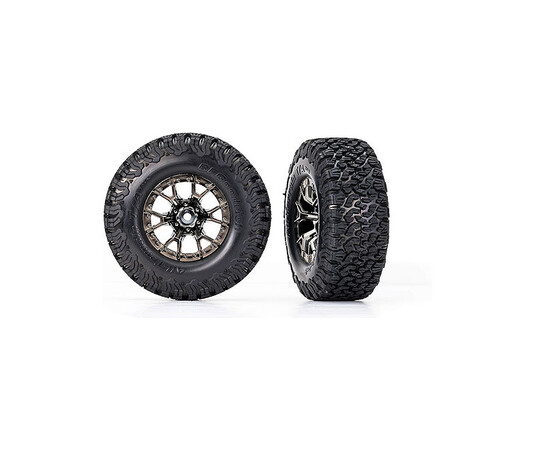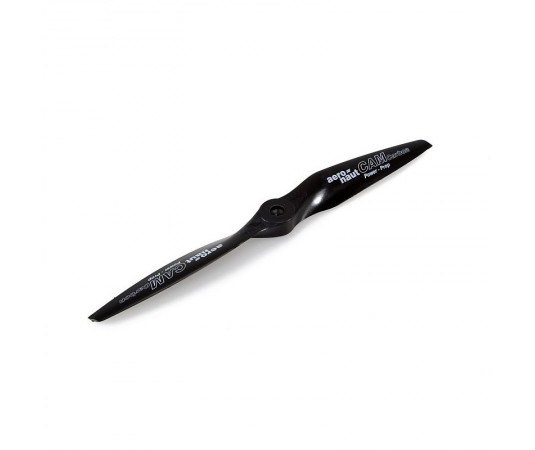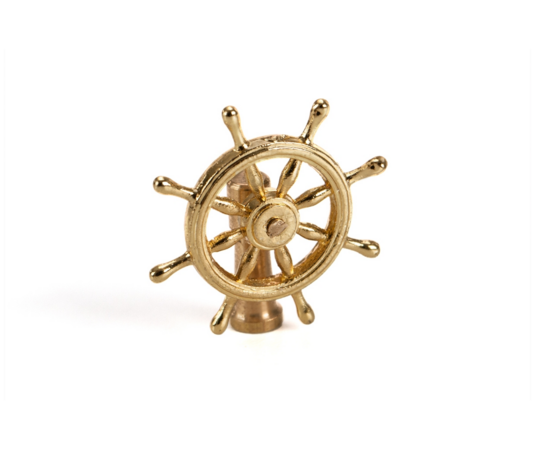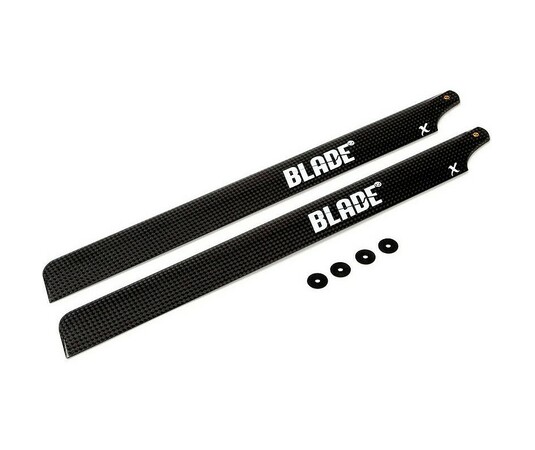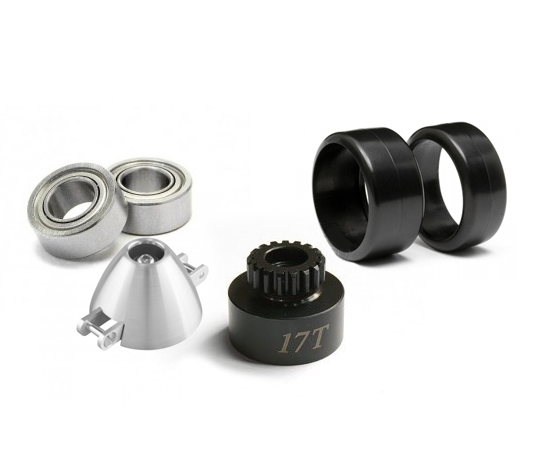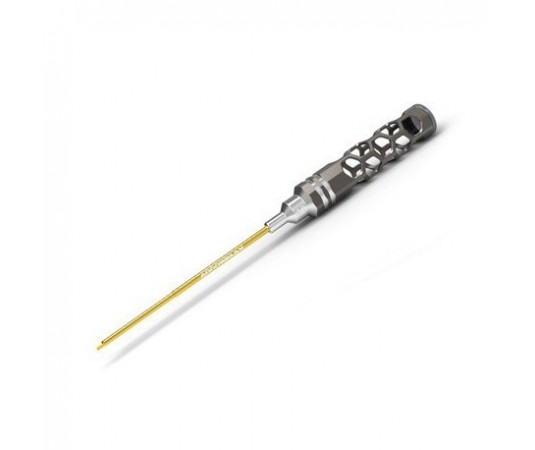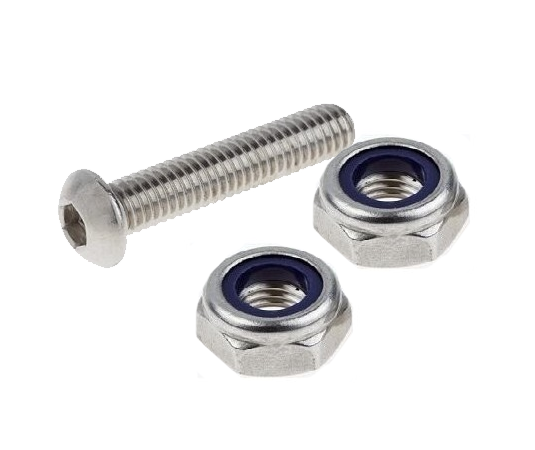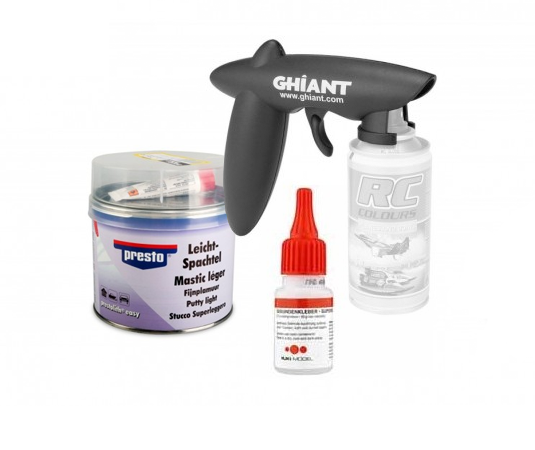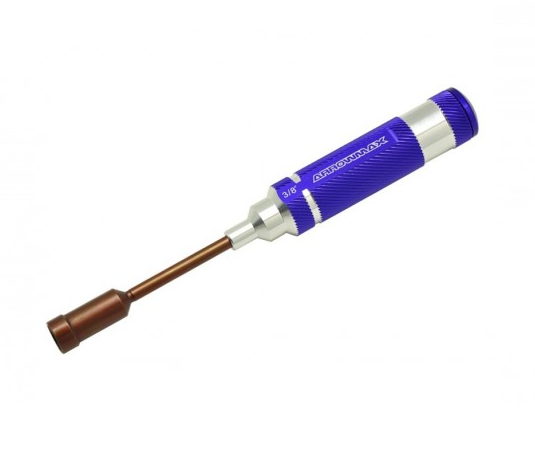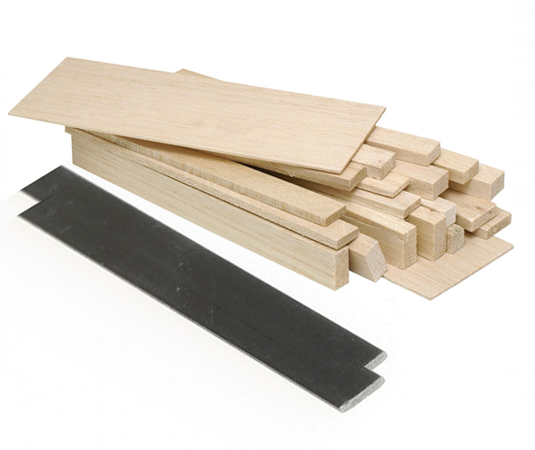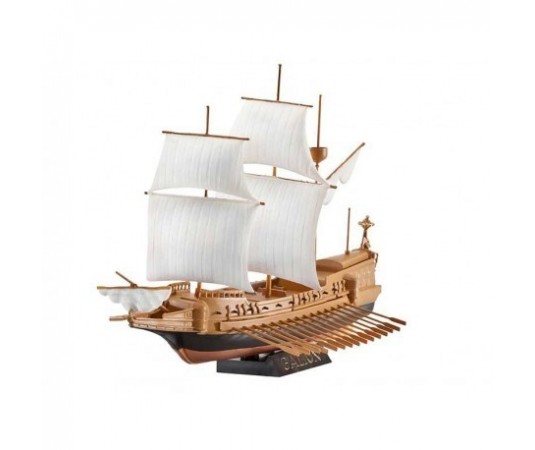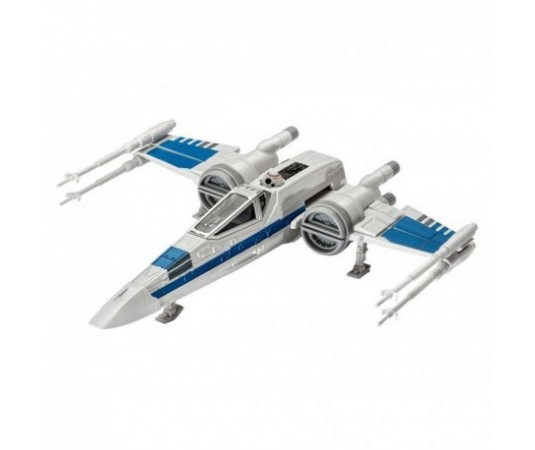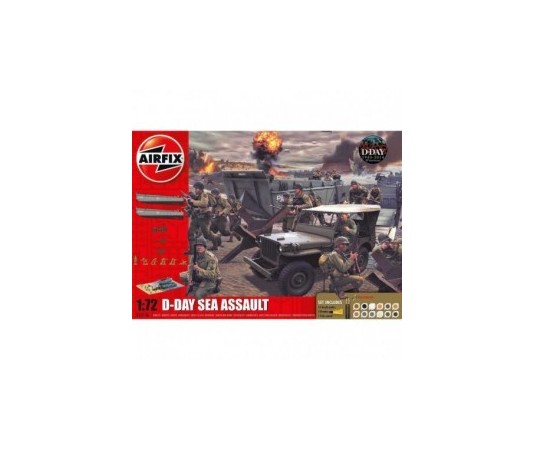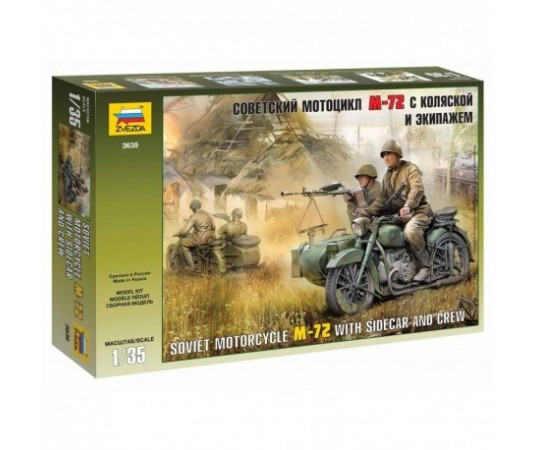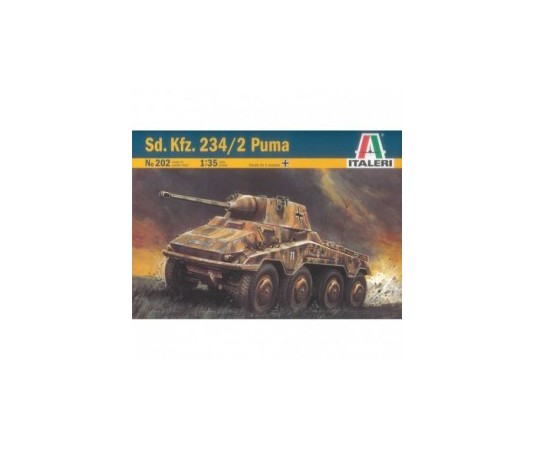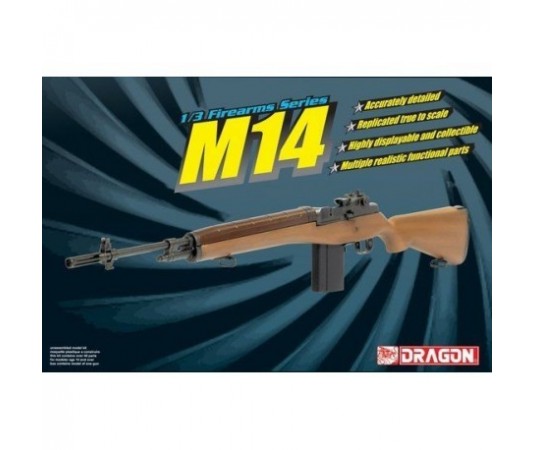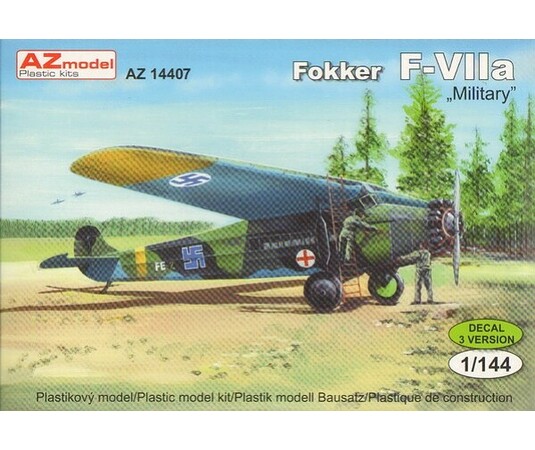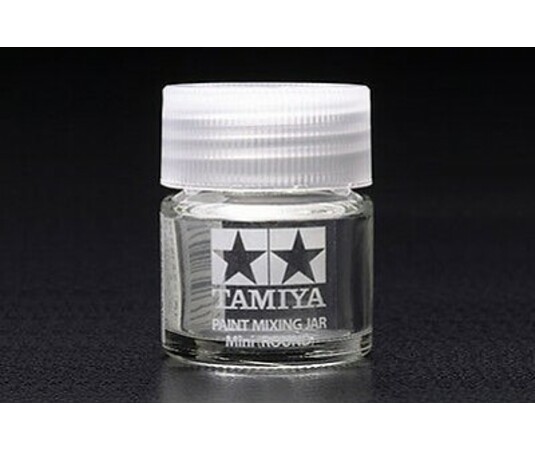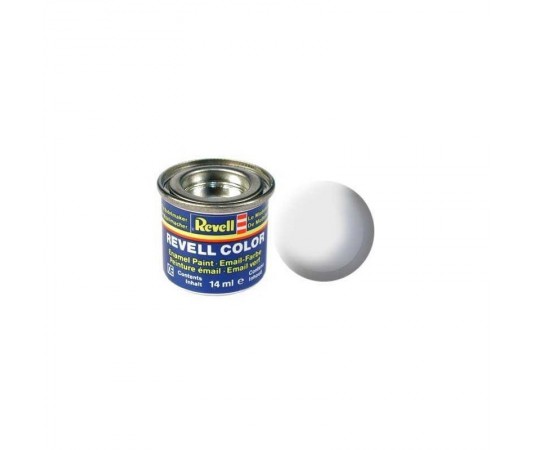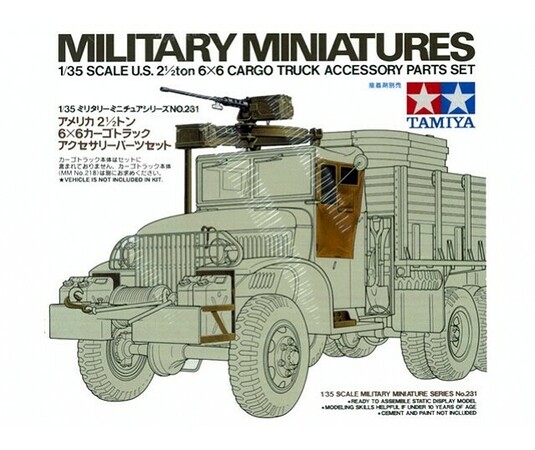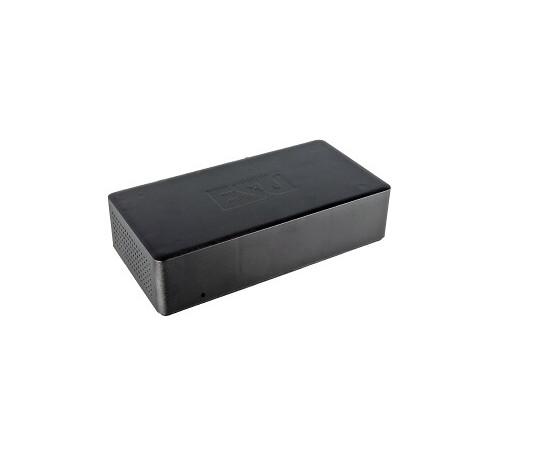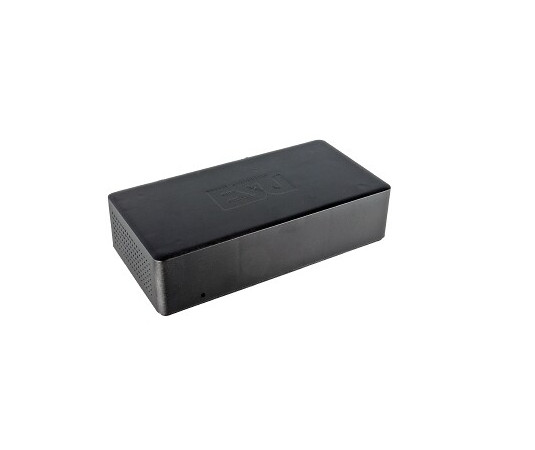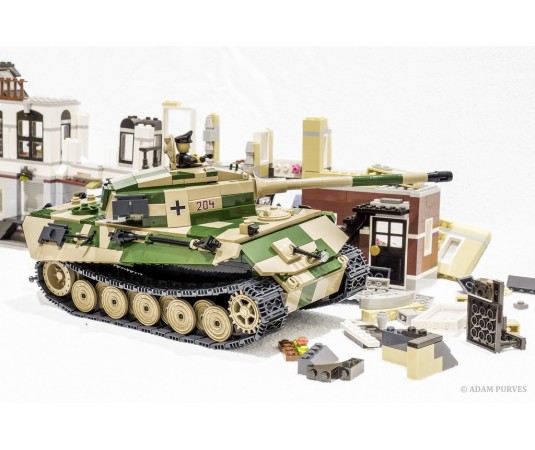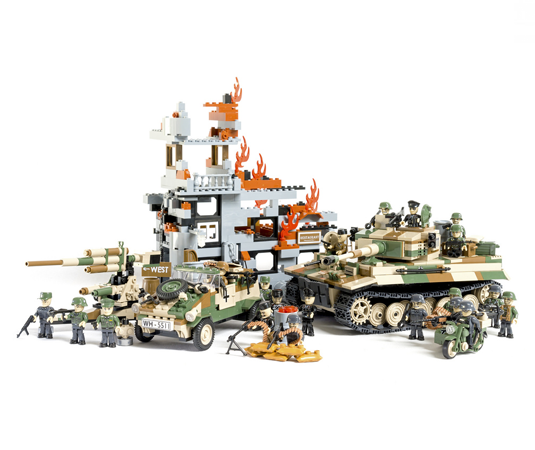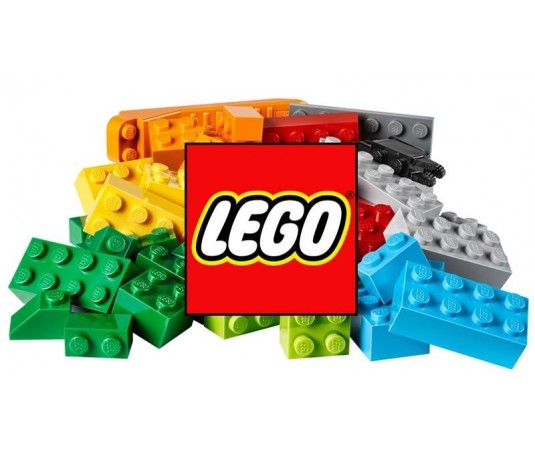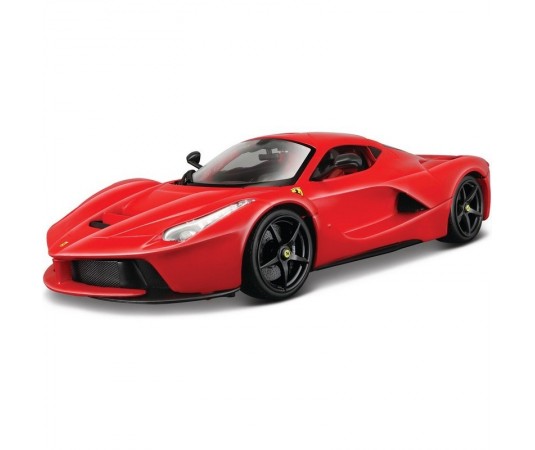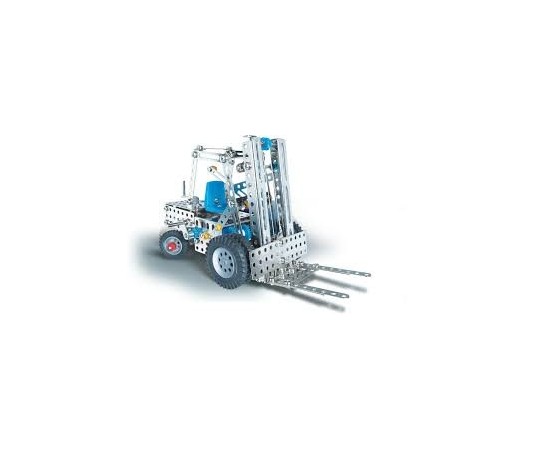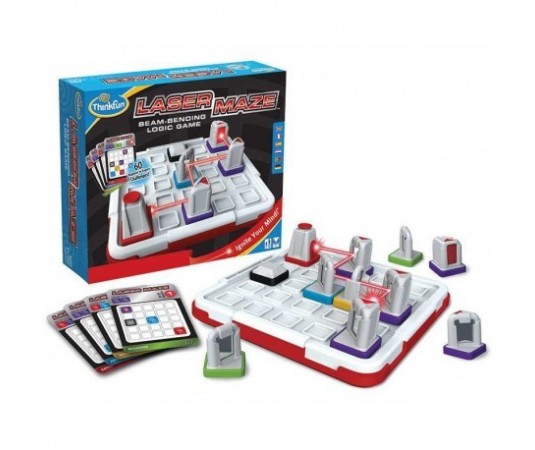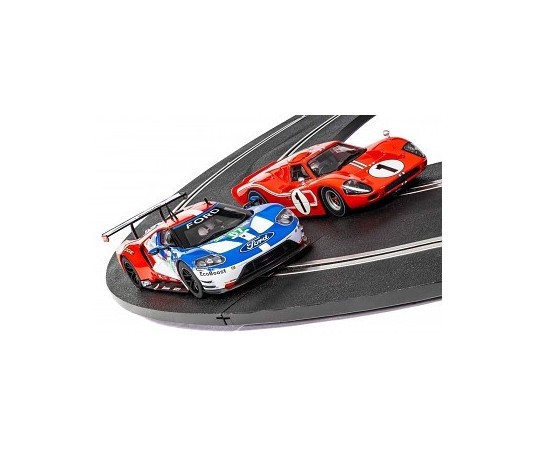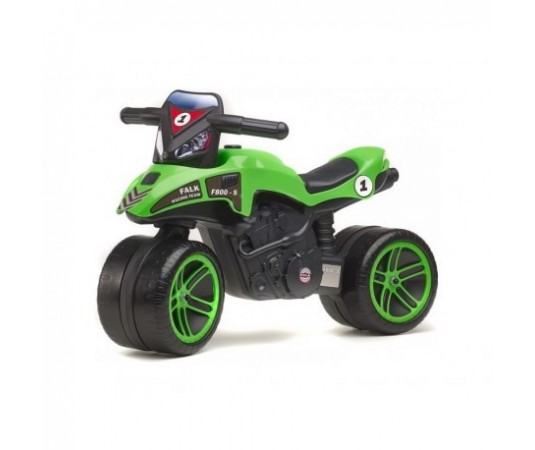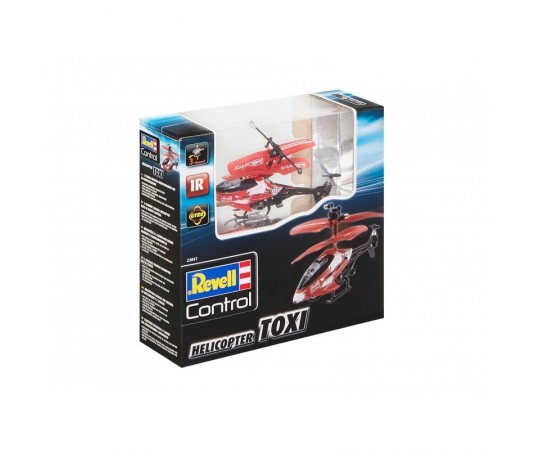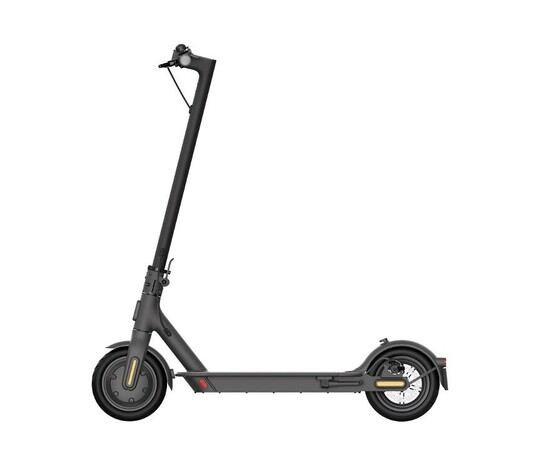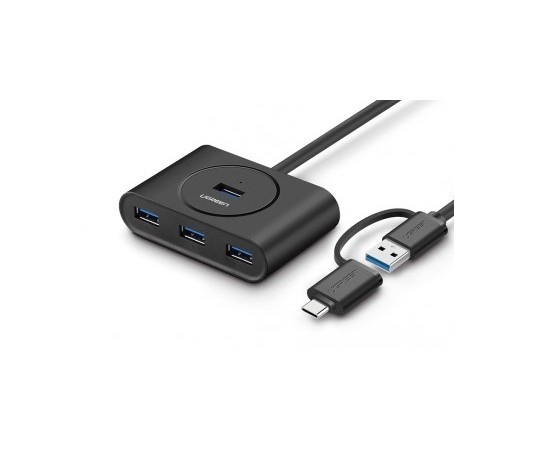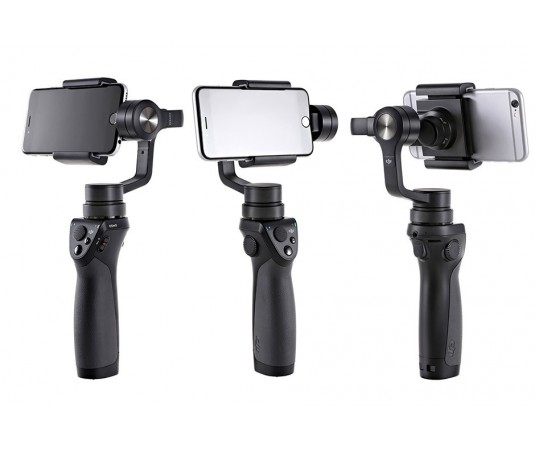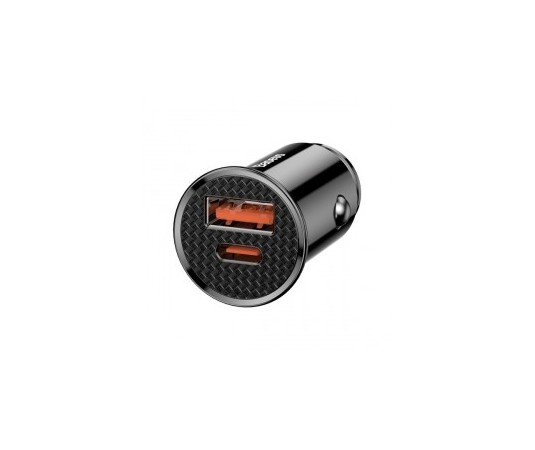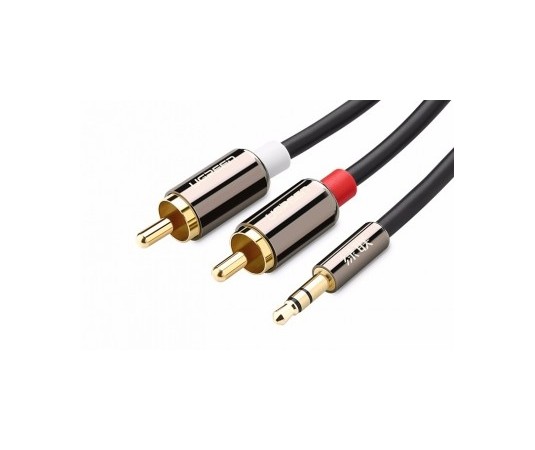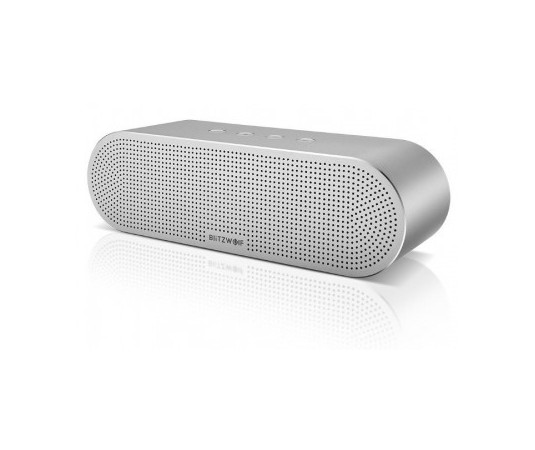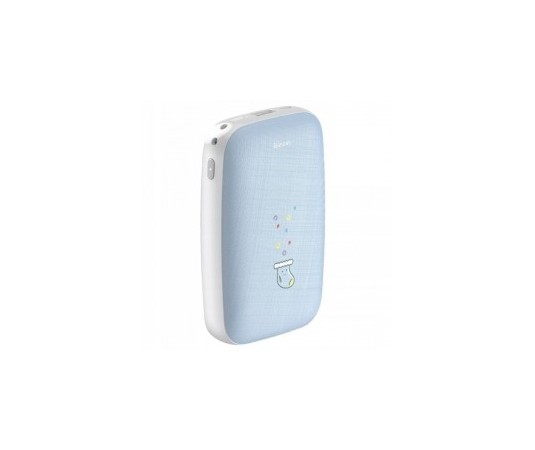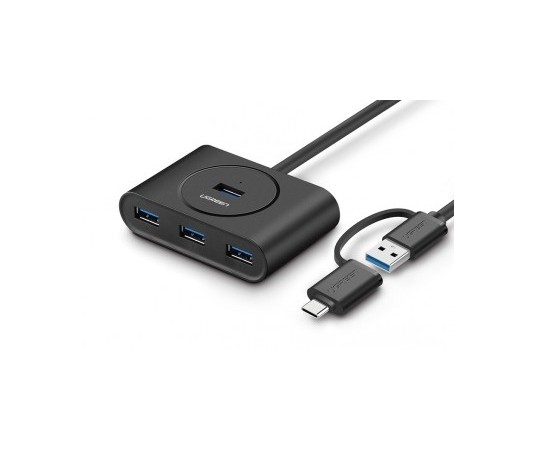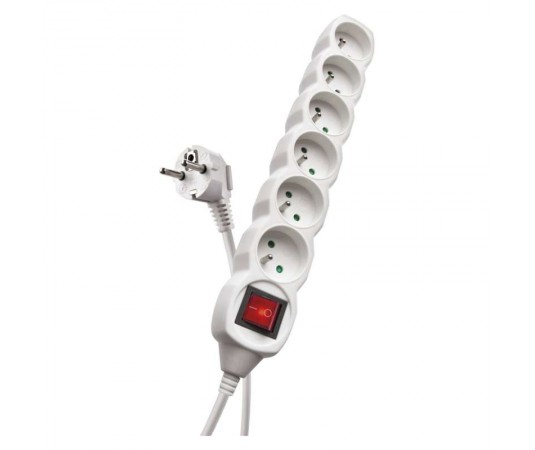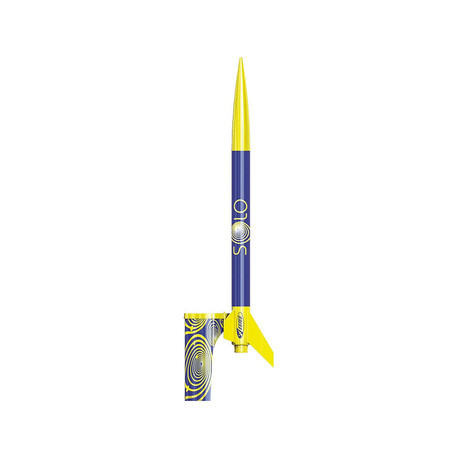- -0.63 €
This Solo Kit

Express delivery

Large selection of carriers

Satisfaction guarantee
Package contents
Package contains: tube with tip, parachute, engine holder, stabilizers, stickers, glider, instructions CZ, manual EN.
Characteristics
The Estes Solo Kit rocket model is for C-series rocket engines. The classic shape of the rocket is complemented by an additional glider, which detaches and slowly lands, while the rocket slowly returns on a parachute. It flies to a height of up to 152 poppies and can withstand the ground thanks to a parachute with a diameter of 38.1 cm.

Rocket racers will certainly appreciate the precise construction and unique flight characteristics of this rocket with a ring glider. The detachable glider is made of a plastic ring and a paper body. The rocket is equipped with an extended nose tip, for a dynamic look.

Difficulty of building a rocket
Models of construction difficulty missiles 1 require a bit of dyeing, or gluing and grinding. The models have parts made of laser-cut wood or plastic moldings, a plastic or balsa cone and high-quality decals. Assembling the model is easy thanks to step-by-step pictorial instructions. You will spend about one afternoon building this rocket model.
For information on building and launching, see How to Operate Missile Models.
Rocket models

Phases of flight
- Ignition of the engine - the propellant ignites the propellant mixture in the engine . The required direction of flight is ensured by the guide rod of the launch pad, on which the rocket is slid.
- Thrust and acceleration - the rocket is powered by the reactive force of the rocket engine
- Combustion of the propellant mixture - as soon as the propellant mixture burns, the delay mixture begins to burn, which produces a large amount of smoke . This is used to monitor the flight of the rocket. The fast-moving rocket is now starting to slow down.
- Peak flight and ejection - after the delay mixture burns out, the ejection mixture is ignited, which activates the rocket return system.
- Return system - is most often implemented using a parachute, ribbon, or so-called heli-blade.
- The last phase is to hit the rocket on the ground.


We recommend buying
To launch and fly a rocket, you need to buy:
- torch engines,
- ejection seal (used to protect the parachute),
- launch pad,
- and launchers for electric igniter engines.

Rocket engines
Engine igniters and seals are included in the engine package, unless otherwise stated. Estes engines are equipped with electric igniters, designed to be ignited by an electric current through a launcher. The model can be fitted with Klima engines, also with electric igniters or with classic fuses. For more information on rocket motors, see the rocket motor overview.
Launching with a launcher (electric torch engines) is carefree and safe - you are standing a few meters from the rocket.
Recommended engines: C6-3.

Sweep seal
The cotton swab seal is made of non-flammable fabric, its purpose is to prevent damage (burnout) of the parachute from the engine sweeper. / p>
Launch pad and launcher




Assembly tools
To assemble the model, you will need: scissors, pencil, sandpaper, sanding block, model knife, universal glue, plastic glue and acrylic paints for possible painting. For comfortable cutting and protection of the table during assembly, we recommend a work mat.

Flight altitude measurement
You can measure the achieved flight altitude of the rocket using a digital altimeter, which is inserted into the rocket. You can use a sextant to measure height from the ground.


